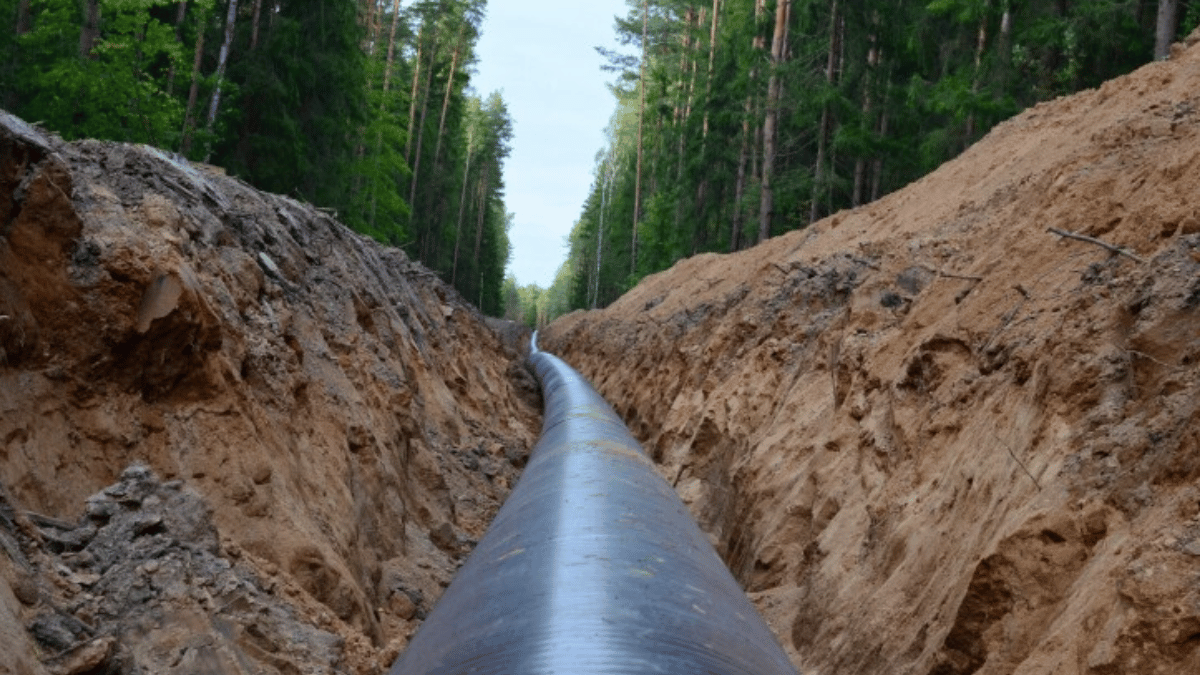A provision in the debt ceiling bill heading to the U.S. House of Representatives, called the Fiscal Responsibility Act, includes language that would expedite the final permits for construction of the Mountain Valley Pipeline.
Once it is completed, the pipeline will move natural gas from the Marcellus and Utica shale deposits in West Virginia to North Carolina. The 304-mile pipeline is being held up by a 3.5-mile segment where it crosses the Jefferson National Forest.
Sens. Joe Manchin, D-W.Va., and Shelley Moore Capito, R-W.Va., along with Rep. Carol Miller, R-W.Va., have supported the pipeline and worked to get the permits approved.
According to Manchin, the pipeline will put about 2,000 people to work building the pipeline, although it is unclear if those are jobs at one time or cumulative over the entire course of construction that was done in phases.
“I’ve been told it’s about $40 million a year in tax revenues to the state of West Virginia,” Manchin said. “And about $300 million a year in revenue to the royalty owners.”
Environmental groups have opposed the pipeline, and it has faced court challenges since 2015. Manchin said the provision in the debt ceiling bill will put an end to all of that, requiring judges to dismiss any pending litigation and forcing any new lawsuits to the U.S. Court of Appeals in the D.C. Circuit.
Earlier this year, West Virginia Coal Association President Chris Hamilton said he opposed the pipeline out of concern that it would displace coal-fired electricity generation at four power plants in North Carolina.
“I don’t know why coal and gas are going after each other when everybody else is going after both of them,” he said. “They should join forces that show, between coal and gas, 60 percent of the energy product provided in this country comes from those two sources.”
